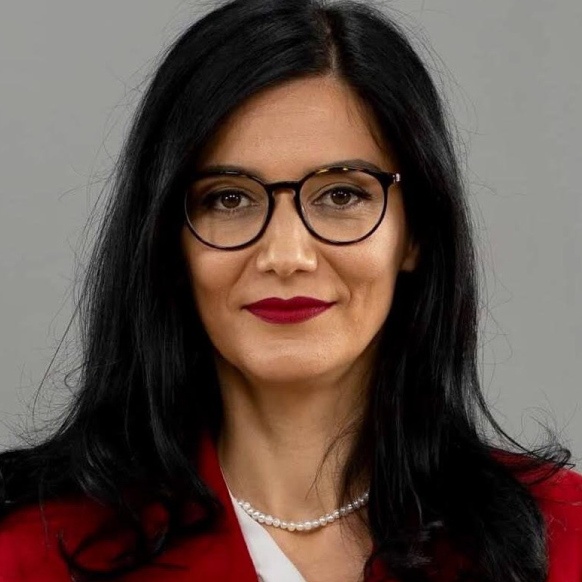
Make way for women in the energy sector
Two professional women in Kosovo's energy sector survey gender discrimination in the industry.
|2021.08.10
|
Leadership positions of all important economic operators, from production to transmission to distribution to supply, are led by men.
The dismal state of women's employment in the energy field is not about a lack of women with the requisite education.

Nita Guri
Nita Guri is a recent graduate of RIT Kosovo with a BA in Energy Policy, Management and Entrepreneurship. Her research interests include the role of women in energy and her BA thesis was focused on gender inequality in Kosovo’s energy institutions. She is a finance assistant at a private company and is a member of the Association of Women in Energy Sector in Kosovo.

Shqipe Neziri Vela
Shqipe Neziri Vela is an international development expert with over two decades of experience leading transformative initiatives in energy and anti-corruption across multiple countries. Shqipe mentors students and early-career women globally, has authored research on energy transition and is a recipient of numerous awards for advancing women’s roles in the energy sector.
DISCLAIMERThe views of the writer do not necessarily reflect the views of Kosovo 2.0.
This story was originally written in English.
Explore more
Want to support our journalism? Join "HIVE" or consider a donation.